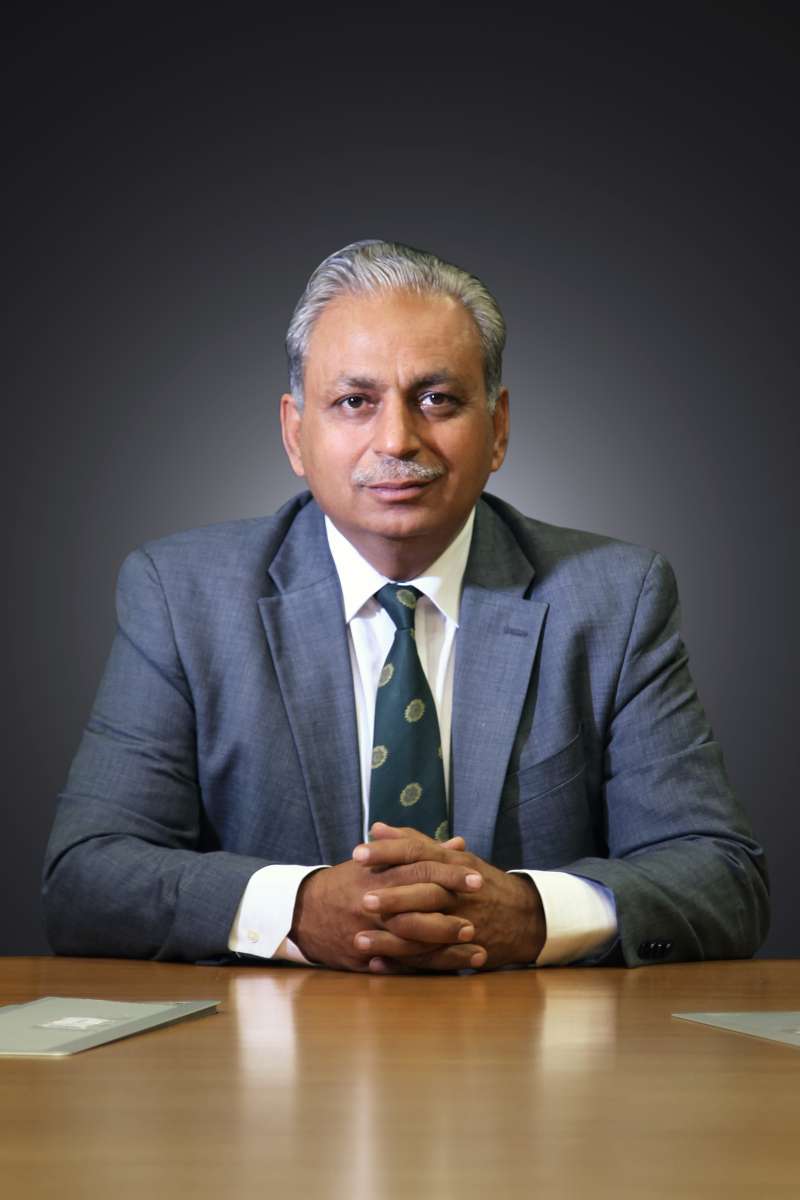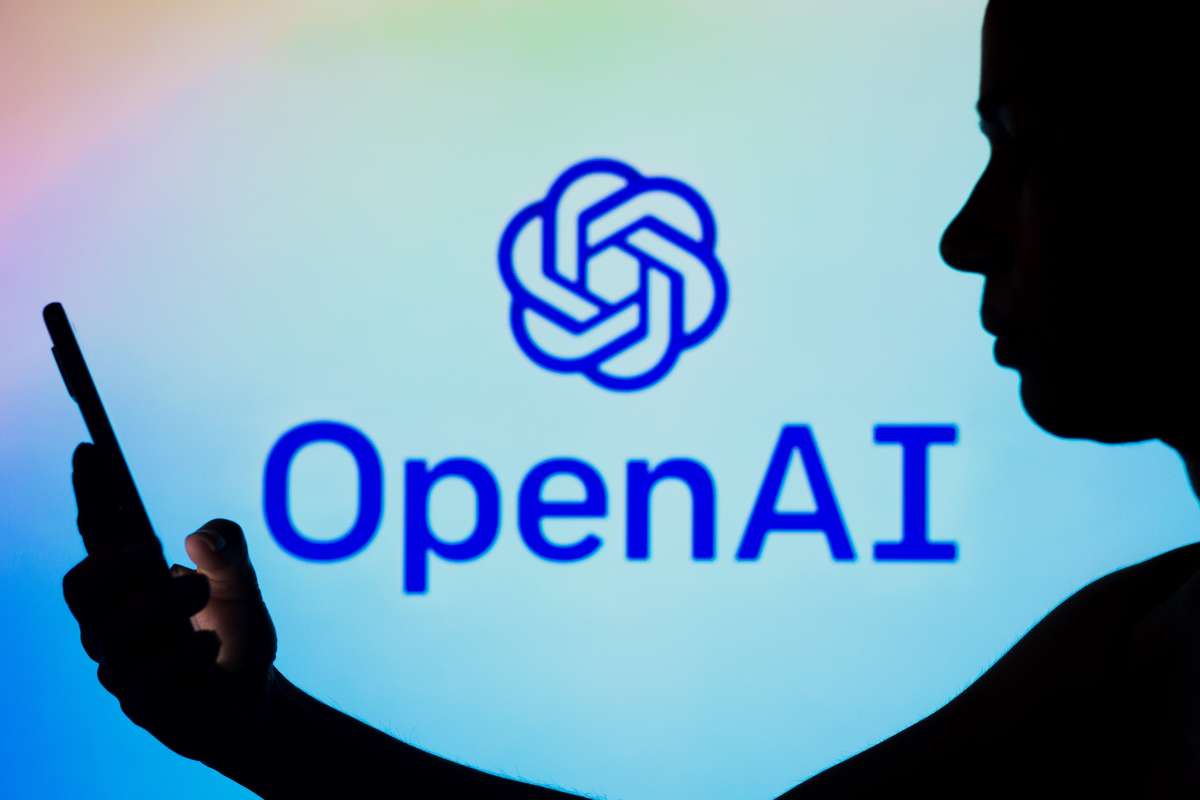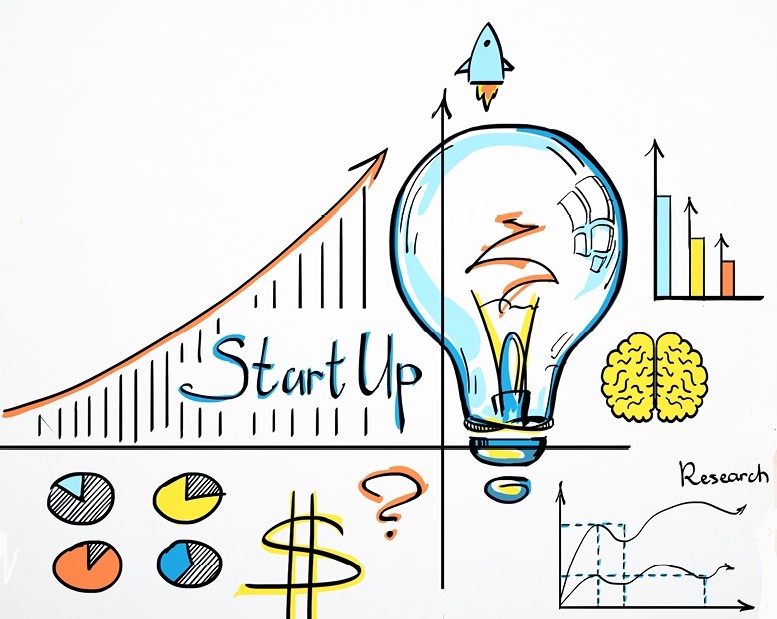The last nine years and eight months have seen development, infrastructure spending whether it be on highways, ports, airports and also new trains coming up across the length and breadth of the country…reports Arun Kejriwal
Markets have been on a roll and have been doing so for quite some time now. The calendar year 2023 saw BSE-SENSEX gain about 18.5 per cent, while NIFTY did even better at 20 per cent.
Within this rise, the rise in the last five weeks was ballistic and the primary reason for the same was the party at the centre winning in the three Hindi heartland states of Madhya Pradesh, Chhattisgarh and Rajasthan.
What the market saw was the key underlying fact that stability, clean governance and continuing policies of growth and development would be the order of the day.
The last nine years and eight months have seen development, infrastructure spending whether it be on highways, ports, airports and also new trains coming up across the length and breadth of the country.
The Centre is providing encouragement to the private sector to invest in setting up factories where impetus and incentives have been given to various sectors under the PLI scheme. The best part of the PLI scheme is that incentive is available only on production. The principle is manufacture first and get incentive later.
With this approach of the government there has been progress, more jobs being created and the Indian economy continuing to grow in all the adversity that the world is facing.
There will always be complaints that much more could have been done, the fact remains that there has been progress and it is for all to see. The progress is not in the middle of sheets of paper which one has to sift to look for. This has led to the CPSE or PSU units doing well at the bourses and giving handsome returns to shareholders which includes the Government as the largest shareholder.
The best example is the recently listed IREDA, which had issued shares at Rs 32. The share price touched a high of Rs 123 and closed trading at Rs 105, a gain of Rs 73 or 228 per cent. This is just one example and these returns have come in the last five weeks.

Shares from the PSU stable have risen in the railways sector, defence whether they be ship-building, aircraft, missile manufacture or even the banking sector. The returns have been widespread, across sectors and ranging from decent to spectacular. The common man or the small retailer who has invested in the government and its stock has made huge money.
Going forward, the street expects that the coming back to power of the present regime at the centre for an unprecedented third term will signal growth, development and infrastructure spending to be the order of the day.
All of this will make the life of the common man much simpler and better as infrastructure growth means growth in the earnings of the common man. Faster commute time, better facilities and less hardships on daily aspects of life.
UP for example was one state which had very poor infrastructure. It is today named as the state with maximum highways. These changes have a long-lasting effect and the benefits of creating the infrastructure has an effect which changes the lives of many people.
Telecom and moving to 5G, the impact of connectivity and the fact that we have adopted mobile telephony many times faster than other countries did with land lines. Our land line connectivity even today is poor but mobile far ahead. It’s a cheaper technology and much more effective than landlines.
Just one example is the use of homegrown UPI technology. We are already the world’s largest user of such technology and the number of transactions happening on this platform have created so many world records. It’s extremely efficient, swift, reliable and most importantly very cost effective.
Going forward, India would be building on this technology for many other countries who want to have a technology of their own which is reliant and successfully tested under trying conditions. It would be a competitor to the likes of Mastercard and Visa.
To conclude, the market believes in the government of the day and also in its policies of sustained growth through development.
Various programmes under various heads whether it be ‘Make in India’ various housing schemes, improving India’s skill sets, training people and so on. These are all examples of improving the talent and capabilities of people so that they have better job opportunities. The growth which comes from infrastructure spending helps in providing a better lifestyle to the people.
To conclude, the people believe that the government would be voted back and spending on growth and development would continue as before and provide opportunities for the country to progress faster and more efficiently.













